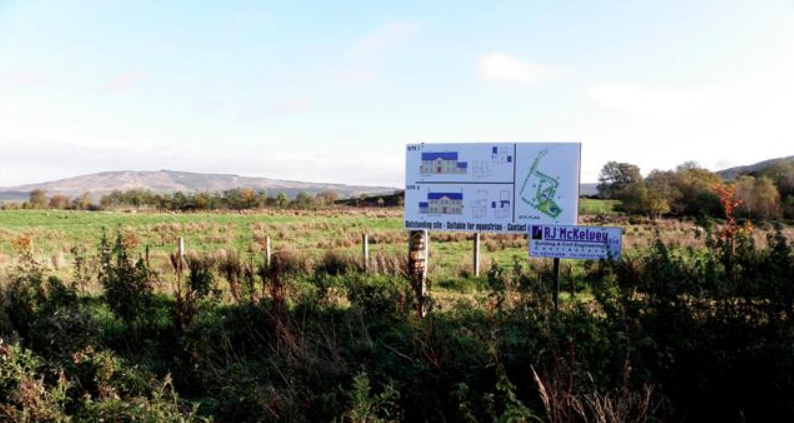Land and its affiliated debt has always been a home builder's Achilles' heel, causing many builders to fail.
As the market stabilizes this year and builders begin to acquire land, they need to reestablish good land acquisition risk management techniques.
Among the tips:
1] Don't pay too much for the land. Keep your emotions out of the land purchasing process and use an economic model: Work backward from the base home selling price to the finished lot or raw land cost to determine what you can afford to pay for the land.
2] The earnest money deposit should be refundable, based upon the findings during the due diligence period. Once you are satisfied with the research conducted during this period, the earnest money would become non-refundable.
3] Make sure you negotiate an adequate due diligence period to allow enough time to conduct all the basic studies required to ensure the project's feasibility and profitability. Preliminary research should include:
- Market research
- A feasibility study
- An environmental study
- A political study
- A utility study
- A zoning and improvement study
- A preliminary land plan
4] The final property acquisition should be subject to obtaining the appropriate zoning and entitlements. You may pay more for the land, but it is a lot better than owning the land and not getting your zoning and entitlements.
5] You should negotiate a conservative land take-down schedule that matches or is a little short of the community's projected sales velocity. If you can't sell homes at the same rate as the lot take-down, you will have to inventory land to stay in the community, which will affect your cash flow.
6] Create a consortium of builders. A group of builders can afford to buy a larger development, spread the marketing costs amongst themselves, absorb the lots faster and create a community with more energy, excitement, and vitality.
7] Instead of developing the site for one product line, consider designing the property for multiple product lines. This will increase the absorption, reduce your risk and increase your return on investment.
8] Establish a professional development team. The land development process will rely on several people: a civil engineer, an environmental engineer, a land planner, a market researcher, an architect, marketers, merchandisers, and advertising agencies.
9] The balance of premium lots and standard lots should constantly be monitored and the lot premiums adjusted to ensure there will be premium lots available throughout the development's life.
10] Sell some of the development. Sell a section of the development to another builder or zone a corner for commercial use to reduce the risk and debt service. Having a couple of builders in the community with different product lines will increase the absorption rate.
As builders return to land acquisition and development, the purchase agreement needs to be structured to minimize the risk. During the last several years of the housing boom builders forgot about the inherent risk with land acquisition. Now is the time to re-instill the discipline to mitigate the risk.
Since 1975, Chuck Shinn Jr., a consultant and industry educator with a doctorate in business management, has improved the management skills of home builders to increase their profits, quality and customer satisfaction. He can be reached at cshinn@shinnconsulting.com.













